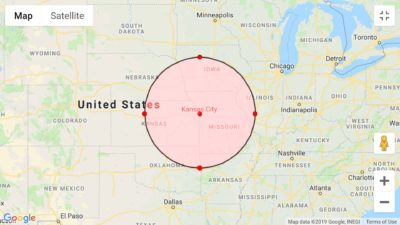What does middle-haul even mean?
I am glad you asked! Industry-specific terms can get confusing, and the term “middle-haul” is not as well known as it’s counterparts, the “short-haul” and the “long-haul”. A short-haul usually consists of any run that is 150 miles or below. The long-haul consists of any run that is over 250 miles. If you are great at math like me, you’ll see there is a difference of 100 miles that is not accounted for. This is the middle-haul and this is where we want to play. Pulse already operates heavy in the short-haul. Actually, this company is built largely on the short-haul but we want to push that out further to add more value for our customers and their needs.
Why does Pulse want middle-haul lanes?
How does a small to mid-size carrier develop their niche in an industry of large players? The answer is pretty obvious; you either compete or pursue the business they don’t want. For us, it is the latter and that means chasing the middle-haul freight. This involves looking to grow our regional presence and going after full truckload (FTL) in a 250-mile radius of our terminal. When you are smaller, and you are trying to grow, you must take into consideration what your major players are doing. The Schneiders and JB Hunt’s of the world have a clear cut understanding of what they want to be, and an even clearer picture of what services they offer. As a small to medium-sized truck-line, we would like to capitalize on the services that the mega carriers may overlook, or may not want. This allows us to develop a niche role and reduce competition.
Hold on… what do your drivers think about middle-haul freight?
From a cultural standpoint, it is all about adding a network of lanes within the Midwest that still allows our drivers to get back home to their families. The driver shortage has not affected us like most other companies in our industry, and that is a nod to the culture that we are cultivating here at Pulse. The middle-haul play lends itself to our current culture, which marks off a huge checkbox when it comes to driver retention. If a driver wants to use their class A CDL and be able to get back home to their family, then this is the run for them.

